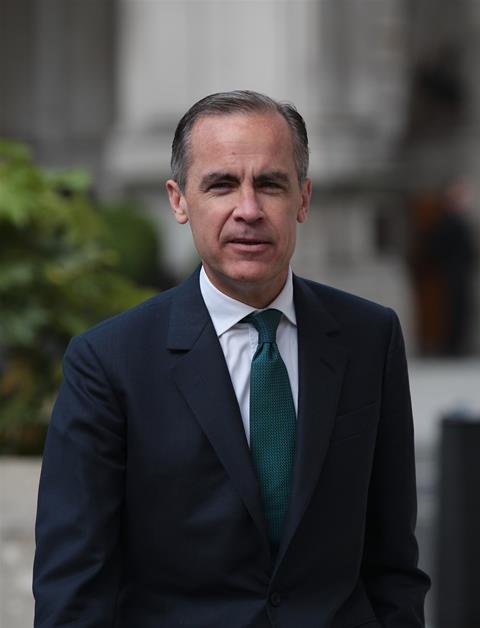By Sagarika Chatterjee, Director of Climate Change, the PRI

Mark Carney and Villeroy de Galhau didn’t mince their words with their climate warning to central bankers today at the launch of a new report by the Network for Greening the Financial System (NGFS): “If some companies and industries fail to adjust to the new world, they will fail to exist.”
The heads of the two of the world’s major central banks urged greater collaboration between nations on climate change and said that policy makers and prudential supervisors cannot afford to ignore the issue.
This is why the NGFS came together in 2017 - and so the launch of their first comprehensive report is a significant moment. It gives six recommendations on what central bankers, supervisors and regulators can do on climate change.
The six recommendations are:
- Integrate climate risk into mandates and activities (including developing climate scenario analysis and key risk indicators) and into prudential supervision.
- Integrate sustainability factors into portfolio management (own funds, pension funds, reserves management).
- Bridge the climate data gap with interested parties (supervisors observed this is the main barrier for supervisors.
- Build in-house capacity and knowledge sharing, particularly for emerging markets.
- Develop internationally consistent climate and environmental disclosure framework, including the network collectively pledging to support TCFD (either non-mandatory, comply or explain, or mandatory).
- Regulators’ support the development of taxonomies.
The report also identifies two different types of risk: transition and physical. This aligns with the recommendations of the Task Force for Climate-related Financial Disclosures, something which is broadly supported by investors.

While this may not be as eye-catching as the recent global climate strikes by schoolchildren, for investors, the report underscores a major shift in the mindset of the guardians of stability. Now, nearly 30 central banks and supervisors see climate change as a source of financial risk within their remit and are collaborating to advance action on this.
For investors, greater harmonisation of approaches towards climate risk across central bankers, supervisors and regulators will assist in clearing confusion and enable consistent corporate disclosures.
This follows a flurry of activity on the matter. Already this week, the UK’s Prudential Regulation Authority (PRA) published a final supervisory statement on enhancing banks’ and insurers’ approaches to managing the financial risks from climate change. The statement highlights that “few firms are taking a strategic approach that considers how actions today affect future financial risks” and therefore the PRA “intends to embed measurement and monitoring of these expectations into its existing supervisory framework”.
Likewise, the Australian Prudential Regulation Authority (APRA), an observer member of the NGFS, recently published a climate change survey of regulated entities. This concluded that “APRA’s supervision activities will be enhanced, as the assessment of climate change risks is integrated into ongoing supervision activities. APRA expects to observe continuous improvement in the awareness and action of regulated entities.”
The PRI anticipates that the NGFS’s climate risk thinking will increasingly influence country-level expectations of banks, insurers and large investors.
We believe the recommendations will a) encourage alignment of central banks’ own portfolios with responsible investment and b) advance a strategic approach towards climate risk within financial markets. With the IPCC special report on 1.5C highlighting we have only 12 years to safeguard the climate, follow-up implementation in co-ordination with investors is essential. As a member organisation with over 2,000 signatories, many of whom see climate as a material risk, the PRI can support implementation by encouraging:
- Integration of sustainability into portfolio management and in-house capacity building: the PRI encourages NGFS members to become PRI signatories and review the PRI’s fiduciary duty work.
- Bridging climate data gaps: we will share investor insights on climate data from participation in ClimateAction100+ and PACTA, a 2 Degrees Investing Initiative climate scenario analysis tool endorsed by the PRI.
- Implementation of the TCFD recommendations: the PRI will promote investor good practice and disclosure including mandatory reporting from 2020.
- Development of taxonomies: through the PRI’s contribution to the EU taxonomy for sustainable activities.
This blog is written by PRI staff members and guest contributors. Our goal is to contribute to the broader debate around topical issues and to help showcase some of our research and other work that we undertake in support of our signatories.
Please note that although you can expect to find some posts here that broadly accord with the PRI’s official views, the blog authors write in their individual capacity and there is no “house view”. Nor do the views and opinions expressed on this blog constitute financial or other professional advice.
If you have any questions, please contact us at [email protected].












